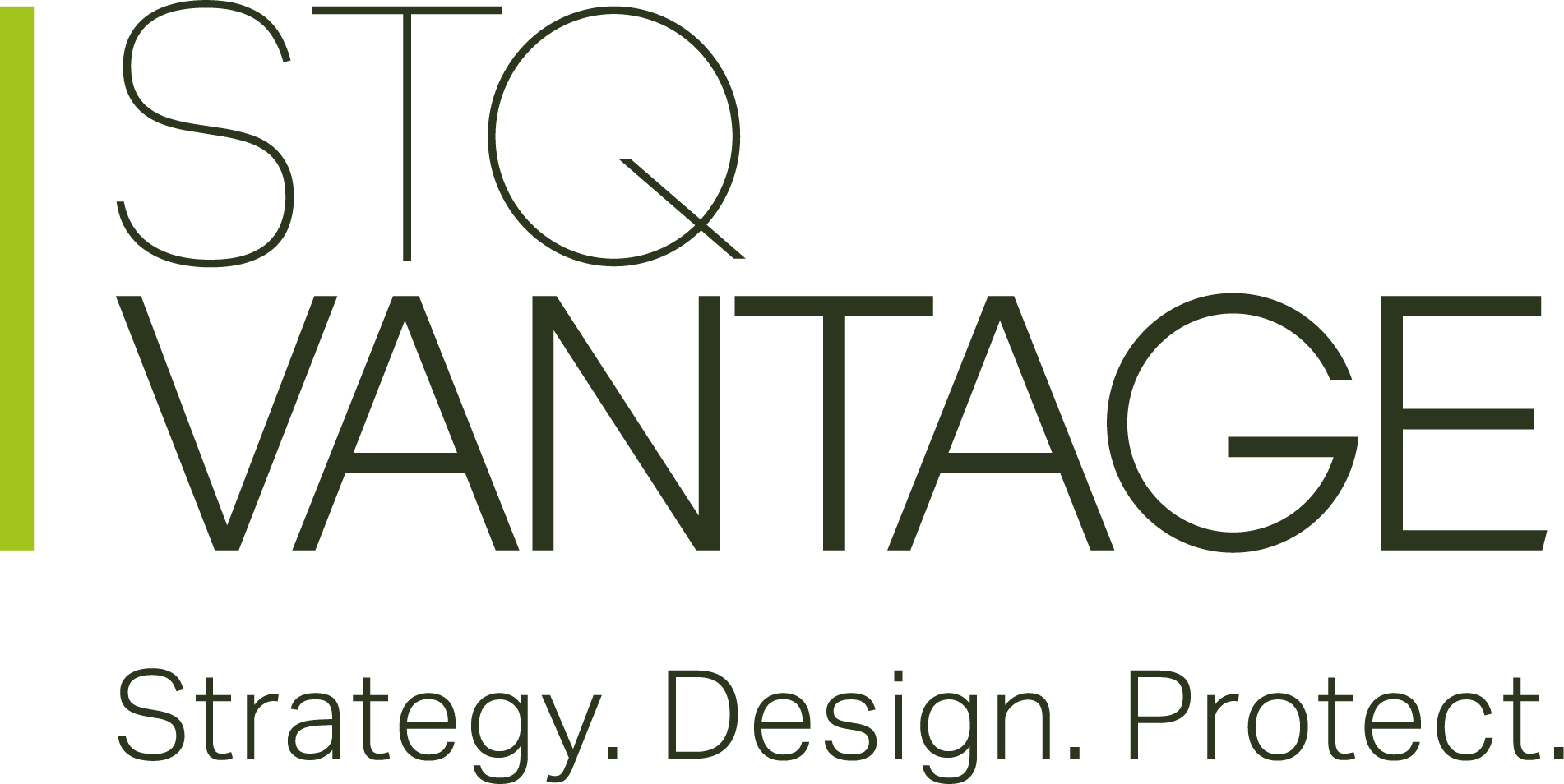Key Steps for Eliminating Fall Risk Hazards When Working at Height
Risk Elimination: Is Working at Height Absolutely Necessary?
The first question to consider is whether the need to work at height can be completely avoided.
Can the task be performed safely from the ground, thereby eliminating the fall risk altogether?
For instance, could telescopic equipment be used for tasks like window cleaning or building
maintenance instead of having personnel at height?
Fall Prevention: Implementing Collective Protection Measures
If work at height is unavoidable, the next step is to assess whether collective protection
measures can be implemented to prevent access to hazardous areas. This could involve
installing systems such as guardrails, or demarcation barriers to establish a clearly defined and
secure walking path. Collective roof fall protection measures provide safety for multiple
individuals and are generally more effective than relying solely on personal protective
equipment (PPE).
Read the regulations on collective fall protection.
Minimising Fall Risks: Utilisation of Personal Fall Protection Equipment
When collective measures aren’t feasible or sufficient, personal fall protection equipment
should be used to minimise the risk and consequences of a fall from a roof. This could include
fall arrest or fall restraint systems, such as lifelines, harnesses, and lanyards that either prevent
a fall or safely arrest a fall should it occur.
Read the regulations on personal fall protection.
Risk Assessment and Duty Holder Responsibilities
It’s essential to carry out a thorough risk assessment before initiating any work at height. This
helps to evaluate whether the task can proceed in the proposed manner and whether adequate
safety measures are in place. It is the duty holder’s responsibility to either authorise or deny the
work based on this assessment.
The question you should always ask yourself is, do you have the requisite knowledge to
ascertain what constitutes a safe working environment at height?
By systematically following these steps and guidelines, organisations and individuals can
significantly reduce the risks associated with working at elevated levels.
-
Very effectively through the design stage based on our base structural design.
Please note, as this is a life safety element, we feel strongly this package should be considered on cost and competence in design and installation. STQ are a great company in both respects and have guided us very effectively through the design stage based on our base structural design.

